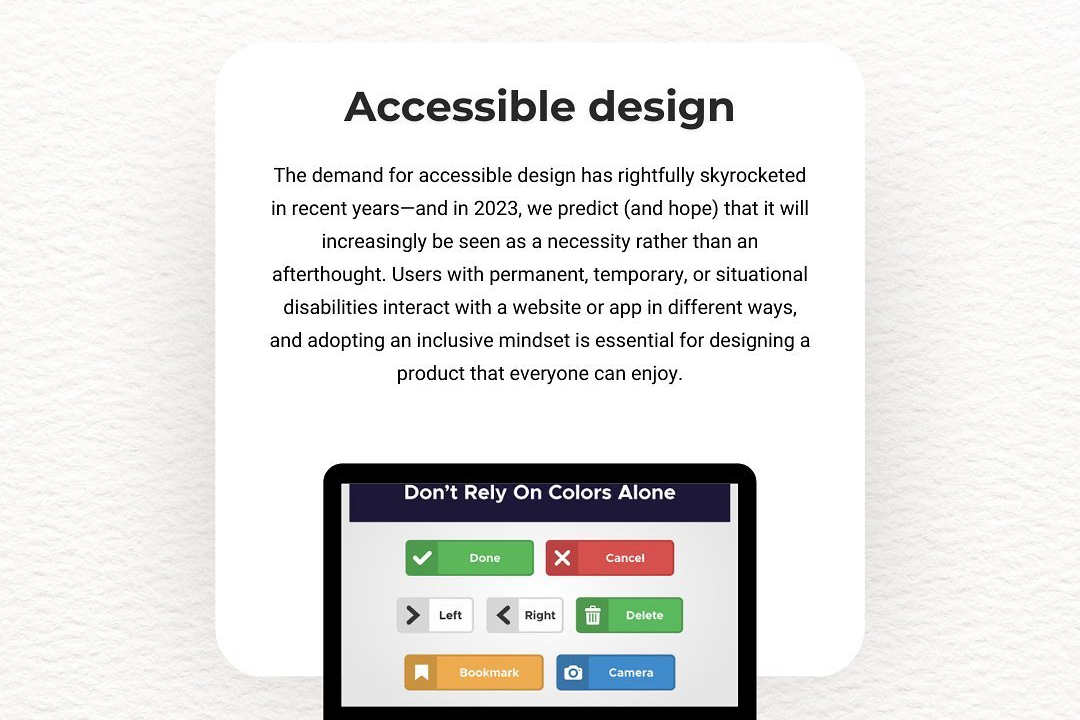How to Convert Array to String in Java
Java: Converting an Array to a String
How to Convert Array to String in Java
Converting an array to a string in Java is useful when you want to easily display the contents of the array or pass it as a single parameter to a method that accepts strings. It provides a convenient way to represent the array in a human-readable format, making it easier to debug and analyze the data. By converting the array to a string, you can also easily manipulate and perform operations such as searching and sorting on the array elements. Java provides methods like Arrays.toString() or using a loop to concatenate the elements into a string for this purpose.
To Download Our Brochure: https://www.justacademy.co/download-brochure-for-free
Message us for more information: +91 9987184296
1 - Use Arrays.toString() method:
One of the simplest ways to convert an array to a string in Java is by using the Arrays.toString() method from the java.util package.
2) Iterate over the array elements:
Another approach involves iterating over the elements of the array and concatenating them into a string using a StringBuilder or StringBuffer.
3) Use String.join():
Java 8 introduced the String.join() method, which can be used to join array elements with a delimiter to create a string.
4) Implement custom logic:
For more complex requirements, you can implement your own logic to convert the array elements into a string.
5) Consider using libraries:
There are third party libraries like Apache Commons Lang or Google Guava that provide utility methods for converting arrays to strings.
6) Handle different types of arrays:
Ensure that your conversion logic can handle different types of arrays, such as int[], double[], String[], etc.
7) Account for null elements:
If your array contains null elements, decide how you want to handle them during the conversion process.
8) Validate input:
Always validate the input array to avoid exceptions or unexpected behavior during the conversion process.
9) Encourage testing:
Encourage students to test their implementation with different types of arrays to ensure correctness and efficiency.
10) Discuss performance considerations:
Depending on the size of the array and the chosen conversion method, performance implications may vary. Discuss trade offs and optimizations.
11) Provide real world examples:
Offer examples from real world scenarios where converting an array to a string is a common task, such as logging, data serialization, or user interface display.
12) Discuss best practices:
Share best practices for writing clean, efficient, and maintainable code when converting arrays to strings.
13) Explain the importance of documentation:
Emphasize the importance of documenting the array to string conversion method to improve code readability and allow for easier collaboration.
14) Suggest further resources:
Point students towards additional learning resources, such as tutorials, articles, or books, to deepen their understanding of array manipulation and string conversion in Java.
15) Encourage creativity:
Encourage students to explore and experiment with different approaches to converting arrays to strings, fostering a mindset of curiosity and innovation in programming.
Browse our course links : https://www.justacademy.co/all-courses
To Join our FREE DEMO Session: Click Here
Contact Us for more info:
- Message us on Whatsapp: +91 9987184296
- Email id: info@justacademy.co
How To Remove Character From String In JavaScript
Difference Between Angularjs And Angular
Web Development Classes In Nagpur












